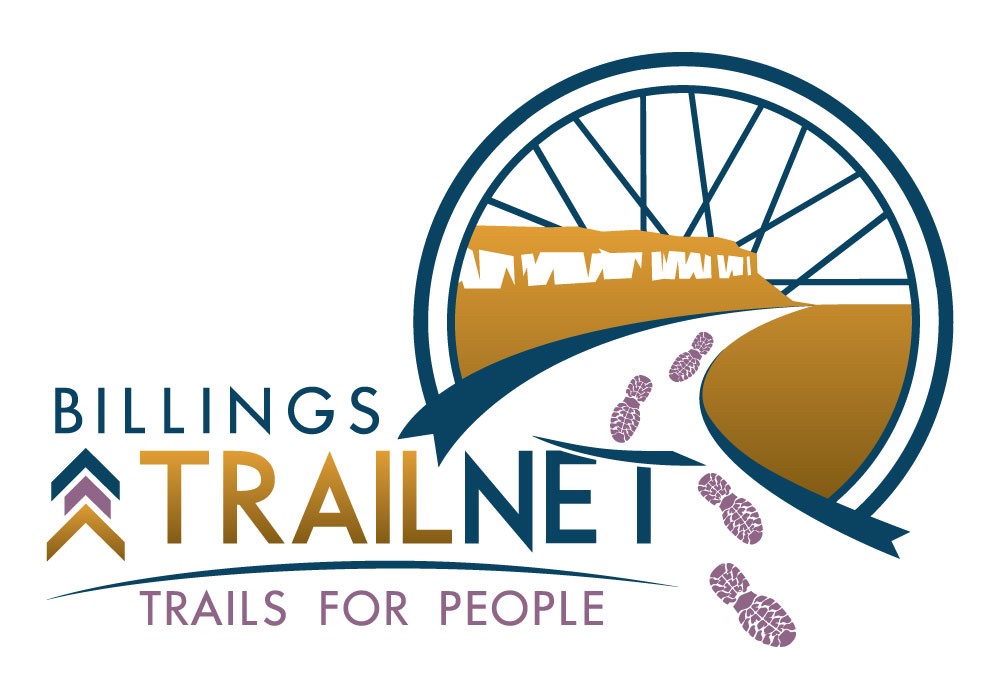A question we get often is, Are developers required to include trails in their developments when they create new subdivisions?

We asked our city departments and also consulted the city’s subdivision regulations to get clarity on this issue.
Here’s what we learned: It is only developments that connect to arterial streets (such as Rimrock, Broadwater, King, 24th, Bench, Bitterroot and Wicks) and collector streets (such as Parkhill, Lewis, 56th, Hawthorne and Lake Elmo Dr) in Billings that are required to build walking facilities. These can be sidewalks on both sides of the new street or a 10-foot wide multiuse path on one side.
On non-arterials, developers are required to give a percentage of land for the development of parks; or they can give cash in lieu of land to the park department, so there it is up to the discretion of the developer to build a trail. Cash in lieu is specifically for park land; not necessarily for trails.
However, all subdivisions are reviewed by the Planning Department to make sure they comply with the Billings Area Bikeway and Trails Master Plan. Subdivisions must include a trail easement if a future trail is planned and intersects with the subdivision.
We pulled the following provisions which pertain to bike/ped issues within the city limits from the City of Billings’ Subdivision Regulations, which were last updated in 2015:
All subdivisions must be reviewed for compliance with the Heritage Trail Plan (now known as the Billings Area Bikeway and Trails Master Plan) to provide multi-use trail and greenway corridors for safe, convenient non-motorized transportation routes throughout the City and County.
To comply with the Heritage Trail Plan, all subdivisions may provide a twenty (20) foot wide multi-use trail easement across the property if:
The Heritage Trail Plan indicates that a proposed multi-use trail corridor crosses the subdivision property; or
The Heritage Trail Plan indicates that a proposed greenway corridor crosses the subdivision property.
If the Heritage Trail Plan indicates that a proposed trail or greenway corridor crosses the subdivision property, and a segment of the trail or greenway corridor has already been provided on adjacent property, then the subdivision may connect the trail or greenway segments at the property lines to provide for a continuous trail or greenway corridor.
In the case of major subdivisions, if the Heritage Trail Plan indicates that a proposed trail or greenway corridor crosses the subdivision property, dedication of linear park land including a trail easement shall be considered as all, or a portion of, the required parkland dedication.
